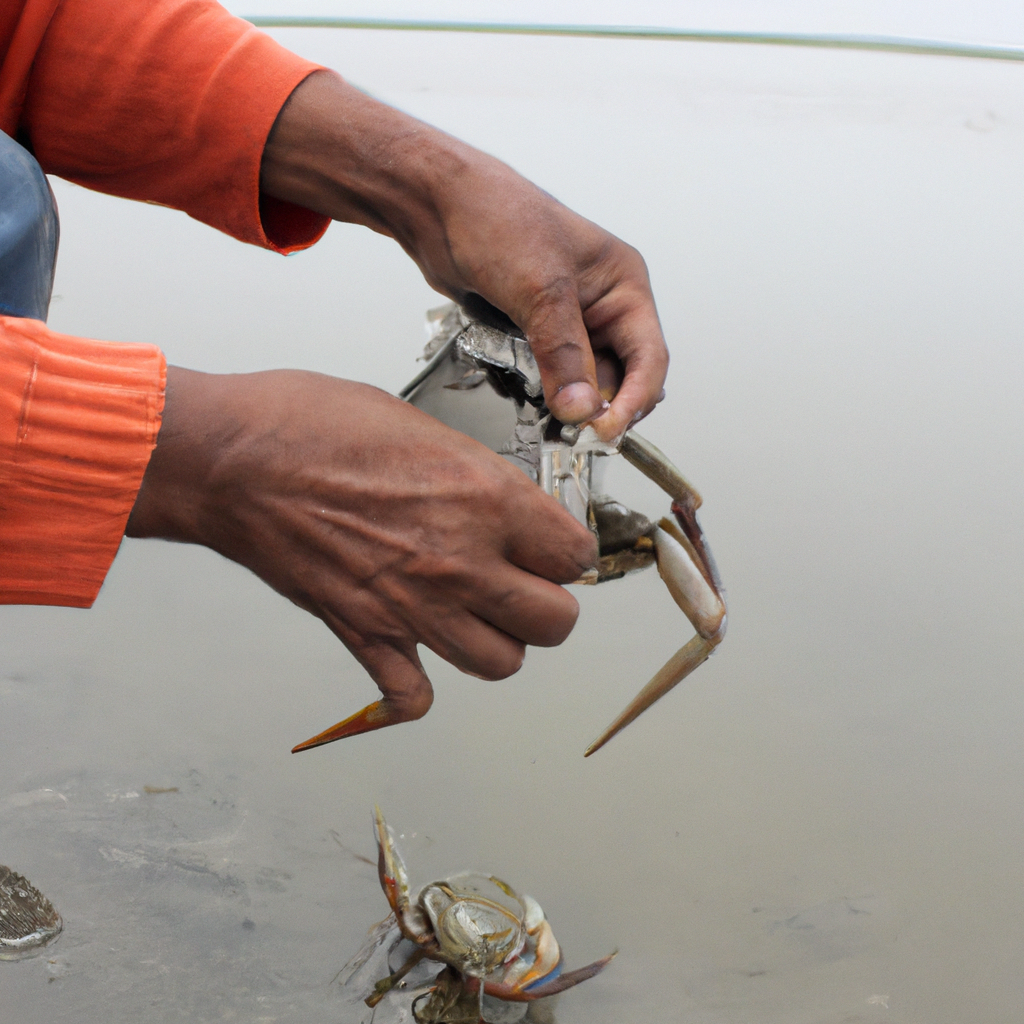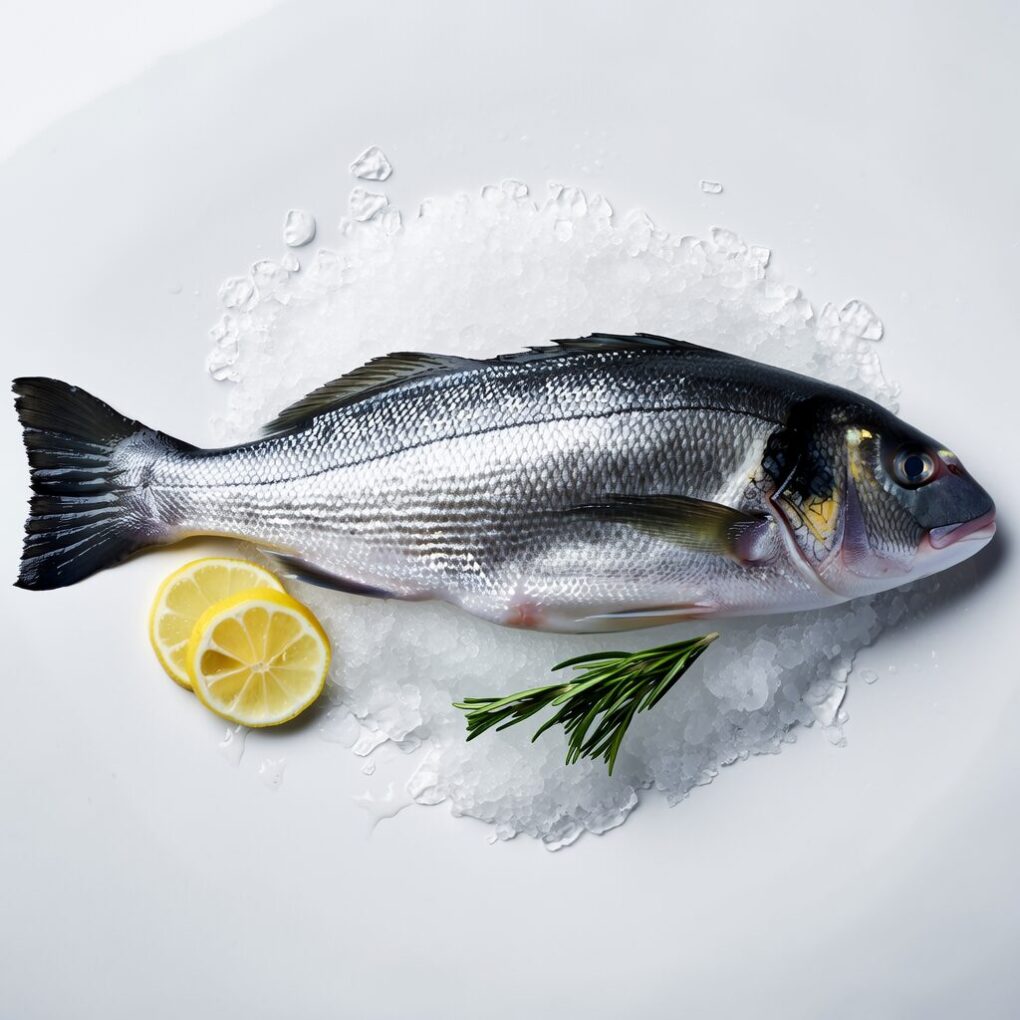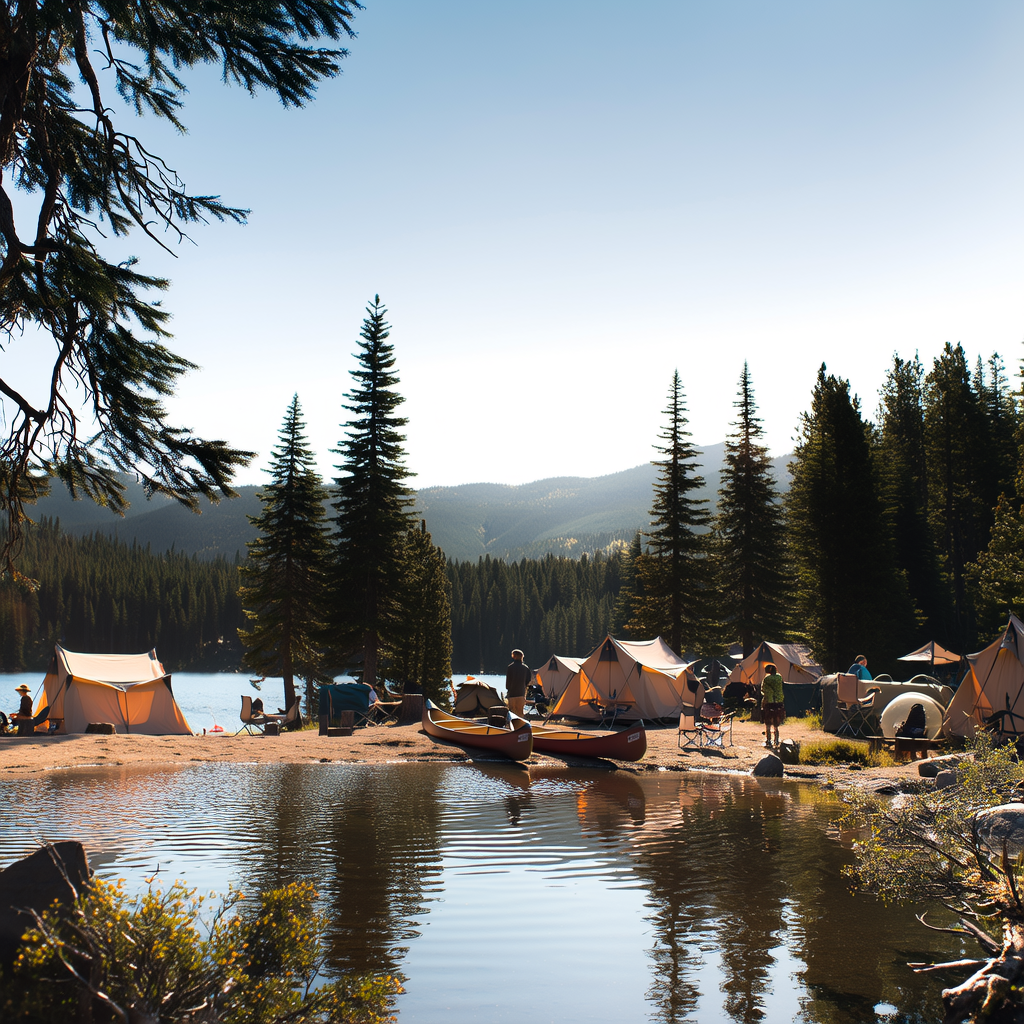Crab fishing is a great way to enjoy nature while bringing home some delicious seafood. Crabbers can enjoy a peaceful hobby or an exciting adventure depending on how they approach it. Crabbing is a rewarding and fun activity, whether you are a seasoned fisherman or new to the sport. It offers many opportunities for exploration and education.
The Basics of Crab Crabbing
You need to know the basics of crab fishing before you can begin fishing. Typically, crabbers will set traps or pots into the water and wait for the crabs. The type of crab and the water in which you crab will determine the crab trap or pot you choose.
The right bait is essential to crabbing. Crabs will eat anything and everything, but some baits work better than others. Crab baits include clams, squids, clams, fish heads and chicken necks.
It is important to take into account the tides when setting your traps. Crabs are more likely to be active at high tides. Setting your traps as the tide comes in will increase your chances of success. Check your traps frequently and remove any crabs you have caught.
Types of Crabs
You can catch many different kinds of crabs while fishing. Crabs like blue crabs and Dungeness crabs are popular for crabbing.
Blue Crabs
The Mid-Atlantic region in the United States is home to many blue crabs. They are prized by many for their sweet and delicate meat. They can be found in estuaries and bays as well as tidal streams.
Dungeness Crabs
The West Coast of the United States is home to a variety of crab called the Dungeness. They are larger and have a thicker, harder shell than blue crabs. Dungeness crabs, which are caught in deeper water, are prized for the sweet and tender meat.
Stone Crabs
The Gulf of Mexico and Atlantic Ocean are home to stone crabs. Stone crabs are known for having extremely hard shells that are difficult to crack. Their claws, however, are highly prized and considered a delicacy.
Regulations on Crabbing
It is important that you understand the regulations in your area before you begin fishing for crabs. These regulations can differ depending on the type of crabs you are targeting, where you are crabbing and the season.
Many states in the United States have specific regulations regarding crabbing. These include size limits, catch limitations, and restrictions on what types of traps or equipment can be used. To ensure that you fish legally and sustainably, it is important to be aware of the regulations in your locality.
Tips for Successful Crabbing
There are some tips you should keep in mind if you want to succeed at crab-catching. Make sure you have all the necessary equipment, such as traps, bait and a crab measuring tool.
You should also scout the best place to crab. Look for areas that have shallow water with a mixture of sand, mud and sand. You can also ask local bait shops or fishermen for advice about where the crabs are thriving.
Consider using a variety of baits to increase your chances of attracting more crabs. Check your traps often – crabs will quickly leave if the bait has gone bad.
Be prepared to handle crabs after you have caught them. To handle the crabs safely, use a pair gloves and tongs. Also, measure them to make sure they meet any size restrictions.
Conclusion
It’s a great way to enjoy nature and bring home some delicious seafood. If you’re a novice or seasoned fisherman, crab fishing offers a lot of learning and exploration opportunities.
You can increase your chances of success by understanding the basics, selecting the right equipment and following the local regulations. Grab your traps and some bait and head to the water. The crabs are there!




